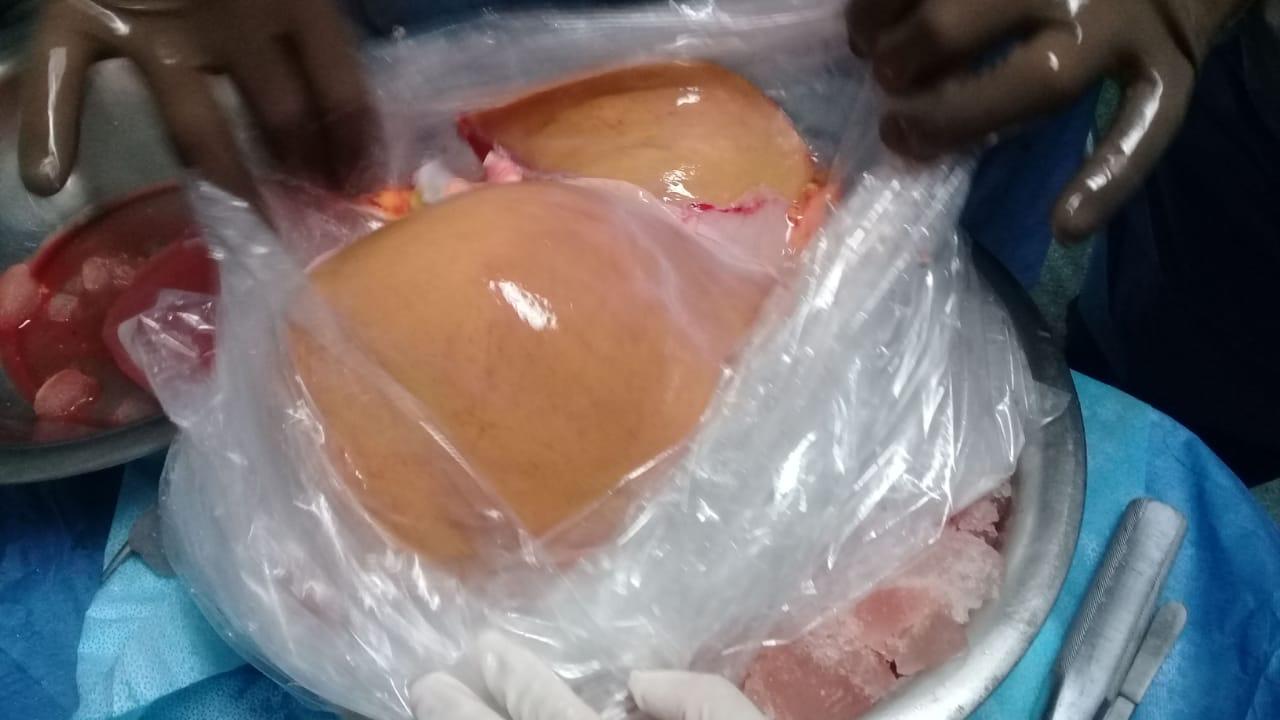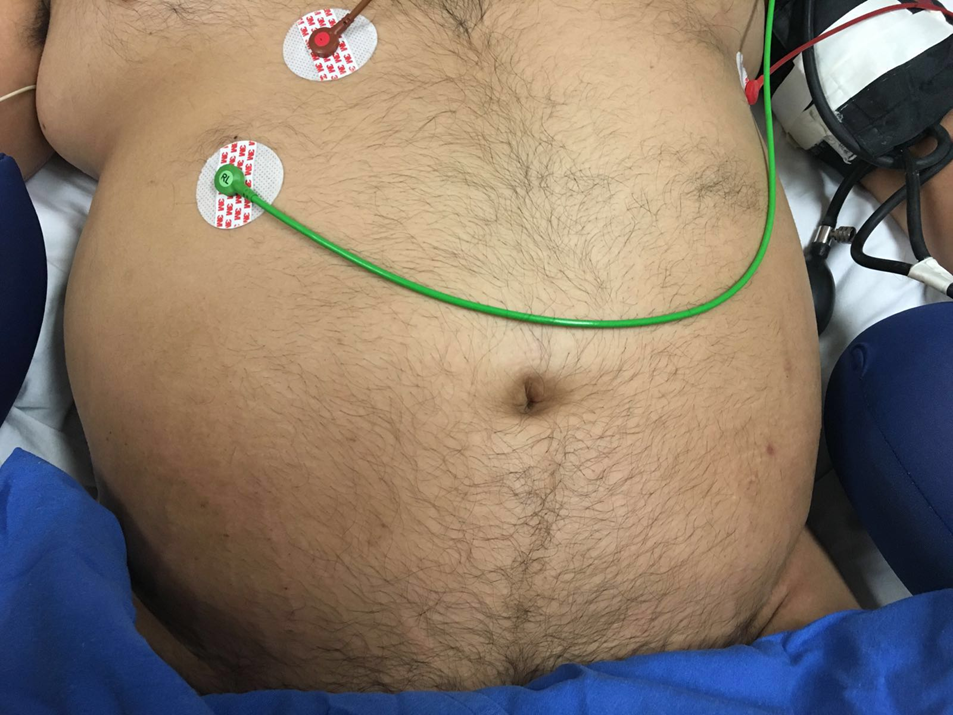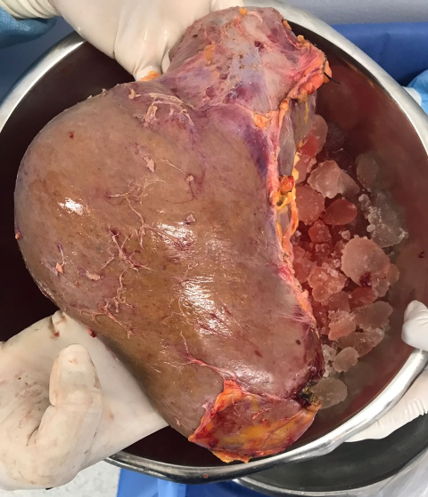
Born in Lima, Peru, moved to Mexico and graduated from Autonomous University of Guadalajara medical school (UAG). General Surgery by the American British Cowdray Medical Center at Mexico City. Fellowship in Hepatobiliary and Liver Transplant surgery at Hospital Clinic, Barcelona, Spain, Hepatopancreatobiliary and Liver Transplant Surgery at Japanese Red Cross Medical Center, Tokyo and postgraduate training in HPB and Liver Transplant at Asan Medical Center, Seoul, Korea and Pediatric Liver Transplantation at Dr. Juan Pedro Garrahan, Buenos Aires, Argentina.
HPB and transplant staff at Centro Medico Nacional 20 de noviembre-ISSSTE, Head of HPB and Liver Transplant Surgery and Chief of Division until 2022, recently moved to Transplant Division of Hospital Regional Valentín Gómez Farías.ISSSTE, Guadalajara, Mexico. Private practice at Hospital Puerta de Hierro Andares, Guadalajara, leading the adult and pediatric deceased and living donor liver transplantation program. Full Professor of transplant surgery from National Autonomous University of Mexico (UNAM).
Liver transplantation from discarded liver grafts. A useful policy for expanding the liver donor pool in Mexico
Carlos Florez Zorrilla1,2, Karina Mendoza Gallo2, Miguel Chargo Cruz1.
1Liver Transplantation, Centro Medico Nacional 20 de Noviembre, Ciudad de Mexico, , Mexico; 2Liver Transplantation, Centro Medico Puerta de Hierro, Guadalajara, , Mexico
Background: Extended criteria donors (ECD) in liver transplantation (LT) is gaining worldwide acceptance due to the shortage of optimal donors. Most of liver transplant groups agree that ager over 60, prolonged cold ischemia time (CIT), steatosis, inotropic support, non-heart beating donors (NHBD), sustained hypernatremia, split livers among other factors are related to primary non-function (PNF) with high morbimortality. Before COVID-19 pandemia discarded liver grafts that nobody wants accounts for the double of LT done each year in Mexico and it seems that there is an increasing rate of marginal or ECD. To define discarded liver grafts, these must be refused by 3 of the main liver transplant centers in the country and have ≥ 3 risk factors for PNF and delayed graft function (DGF).
Method: A period from january 2015 to january 2021 was observed. Donor characteristics such as sustained severe hypernatremia (>165 mEq/l), moderate steatosis (>40%), body mass index (BMI) >30 k/m2, alcohol abuse, CIT >12 h and norepinephrine support among others were considered risk factors for PNF and DGF. DGF, PNF, morbidity and mortality were evaluated.
Results: 159 LT were done. Marginal donors 61 (38.3%), discarded livers 40 (65.5%). Severe hypernatremia (165-188 mEq/l) 20 (50%), obesity (BMI 30-45k/m2) 30 (75%), moderate to severe steatosis (40-76%) 22 (55%), alcohol abuse in 3 (7.5%), age >60 (35%) and norepinephrine support 27 (67%). No CIT > 12 h was recorded.
PNF between marginal and discarded liver grafts were the same (5%) and between optimal grafts and discarded or marginal the rate of PNF were 2.1 to 5%. DGF was present in 7.5%, 5% and 3.1% of discarded, marginal and optimal grafts respectively (Table 1). No differences in mortality rate between groups.



Conclusion: Discarded livers are an acceptable choice to expand liver donor pool in Mexico. None hypernatremia, obesity, steatosis or age are independent poor risk factors for developing PNF.

right-click to download
